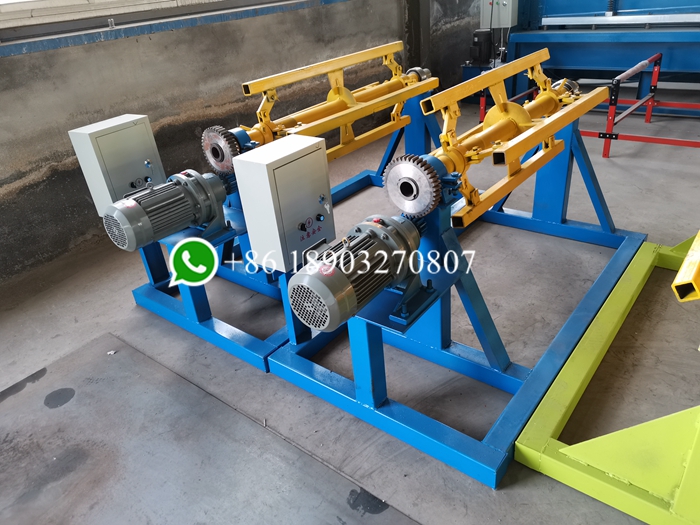roll forming machine for c purlin
The Role of Roll Forming Machines in C Purlin Production
In the construction and manufacturing industries, the demand for efficient and versatile production methods has led to the widespread adoption of roll forming machines, particularly for the fabrication of C purlins. These machines enable the precision and speed necessary to produce structural components that are crucial in supporting building frameworks, roofs, and various other applications.
The Role of Roll Forming Machines in C Purlin Production
The roll forming process begins with feeding a flat steel strip into the machine. As the strip moves through a series of rollers, it is gradually shaped into a C profile. The machine is designed with specific tooling to ensure accuracy and consistency in the dimensions of the purlins. This process is not only efficient but also reduces material waste, which is critical in maintaining cost-effectiveness in production.
roll forming machine for c purlin

One of the major advantages of using roll forming machines for C purlin production is their ability to produce long lengths of material without the need for seams or joints. This continuous process enhances the structural integrity of the purlins, making them stronger and more reliable. Additionally, the speed of production is significantly improved compared to traditional manufacturing methods, allowing manufacturers to meet the increasing demand for these essential building materials.
Moreover, modern roll forming machines are equipped with advanced technology such as computer numerically controlled (CNC) systems. This allows for greater flexibility in design and easier adjustments to accommodate different specifications. Manufacturers can quickly switch between different profiles or sizes with minimal downtime, which is a significant advantage in a fast-paced industry.
The versatility of roll forming machines also extends to the ability to produce various steel grades and coatings. This adaptability enables manufacturers to meet specific project requirements, whether they're targeting durability, corrosion resistance, or aesthetic appeal. By utilizing high-quality materials and coatings, C purlins can be tailored to a wide range of environments, from agricultural buildings to urban skyscrapers.
In conclusion, roll forming machines have revolutionized the production of C purlins by enhancing efficiency, precision, and adaptability in manufacturing processes. As the construction industry continues to evolve, the importance of lightweight, strong, and cost-effective structural components remains paramount. The roll forming machine stands out as an essential tool in meeting these demands, ensuring that C purlins remain a preferred choice for builders and architects worldwide. With ongoing advancements in technology, the future of roll forming is bright, promising even more innovations to improve the production and performance of structural steel components.
-
Roof Panel Machines: Buying Guide, Types, and PricingNewsJul.04, 2025
-
Purlin Machines: Types, Features, and Pricing GuideNewsJul.04, 2025
-
Metal Embossing Machines: Types, Applications, and Buying GuideNewsJul.04, 2025
-
Gutter Machines: Features, Types, and Cost BreakdownNewsJul.04, 2025
-
Cut to Length Line: Overview, Equipment, and Buying GuideNewsJul.04, 2025
-
Auto Stacker: Features, Applications, and Cost BreakdownNewsJul.04, 2025
-
Top Drywall Profile Machine Models for SaleNewsJun.05, 2025








